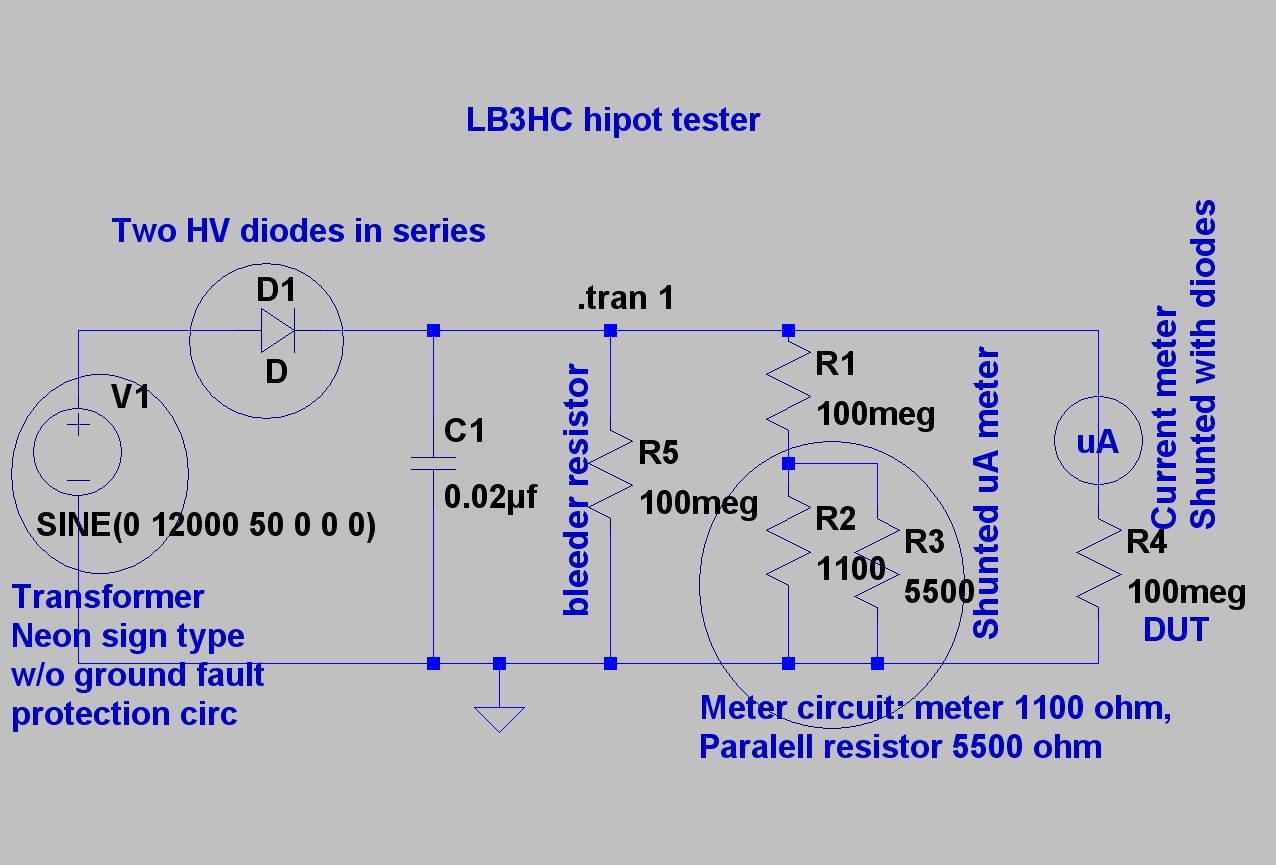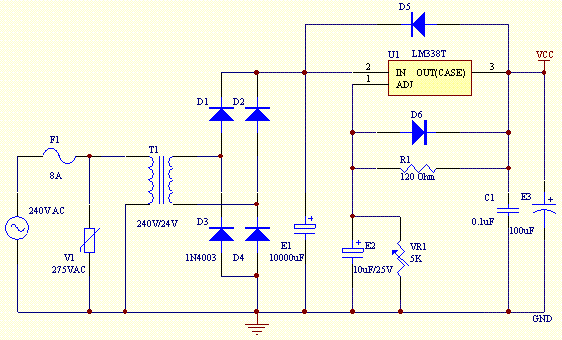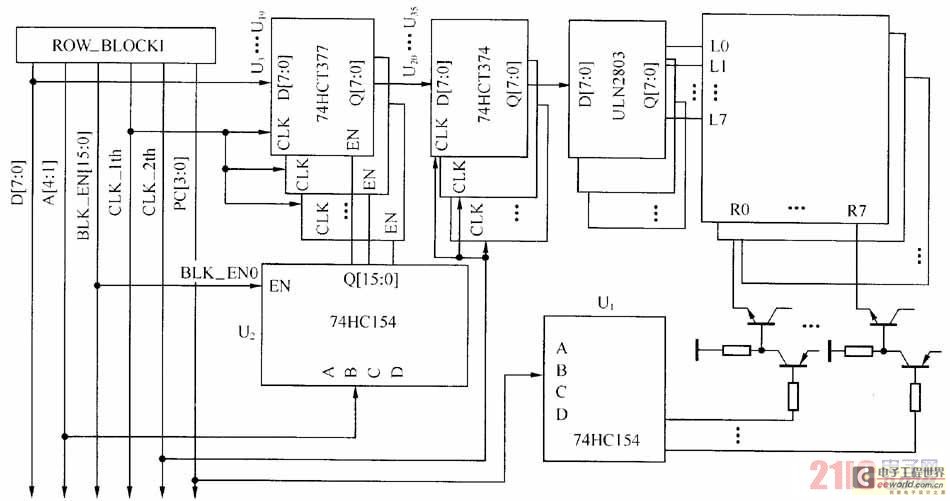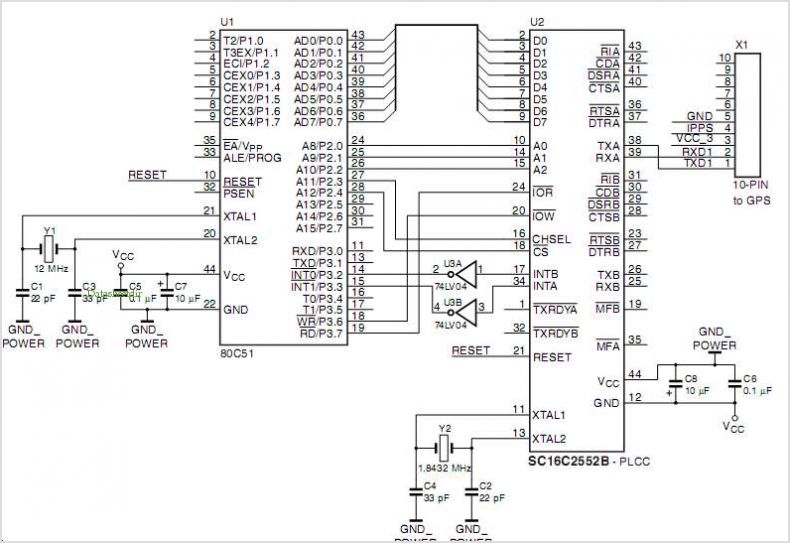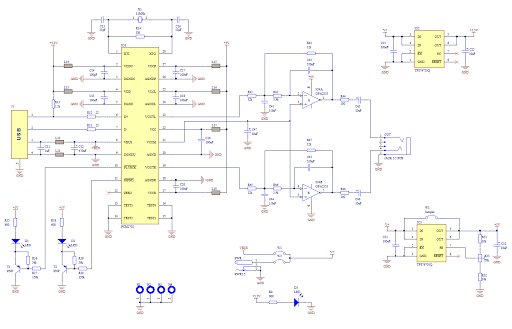
IR2110 for forward inverter system schematic

In forward inverter system applications, the IRZ110 is used to receive a signal when the line is shown in Figure 12-39. In this application, the next channel utilizes the IR 2110 and shares an input pulse signal that determines the high-output (HO) and low-output (LO) phases. The operation of the inverter is based on the principle that when the HO channel output is high, the voltage across the load (VF) is conducting. During this time, the LO channel output is also high, leading to conduction through the load. When the LO output is low, the upper channel is inactive while the lower channel's HO output is also low, resulting in a shutdown of conduction. This allows electrical flow through the high-voltage power supply (HV), with the field-effect transistor (VF) and load transistor (Z) controlling the circulation of current. The inverter's input control does not require a Cang signal to indicate high or low load current and voltage, which flows in a positive direction (left to right). This configuration is referred to as a forward inverter. The figure illustrates the HL load current sampling part, which serves as an overcurrent protection circuit.
In forward inverter applications, the IRZ110 component is integral for signal reception, specifically when interfaced with the IR 2110. The IR 2110 is responsible for generating the pulse signals that dictate the operational phases of the inverter. The inverter operates by alternating between high-output (HO) and low-output (LO) phases, which are crucial for controlling the flow of electricity through the load. When the HO output is activated, the voltage across the load (VF) is allowed to conduct, facilitating current flow. Concurrently, if the LO output is also active, it creates a condition where both outputs are conducting, enabling efficient power transfer.
The inverter's design ensures that when the HO output is deactivated, the LO output takes over to maintain the flow of current, preventing interruptions in power delivery. This switching mechanism is essential for applications requiring stable voltage and current levels, particularly in inductive loads where the behavior of current flow is critical. The inverter's ability to manage these transitions effectively is achieved through precise control of the output phases.
Additionally, the sampling circuit for load current (HL) plays a vital role in monitoring and protecting the system from overcurrent conditions. This protection circuit is designed to detect excessive current levels and respond accordingly to prevent damage to the inverter components. The overall functionality of the inverter system is enhanced by this protective measure, ensuring reliable operation under varying load conditions. The forward inverter configuration is thus optimized for performance and safety in high-voltage applications.In the forward inverter system applications: IRZ110 for receiving such a line when the line shown in Figure 12-39, in this application, the next channel on the channel IR 2110 and shared an input into the pulse signal, which determines the HO and LO-phase output. Workers of the inverter as a principle, when the channel output HO is high, VF, conduction, this time due to the next one channel output LO is also high, so VF, conduction, VF, shutdown, VF. conduction, electricity flows through the high voltage power supply HV, field scattered and directly load transistor VF ,, Z and field-effect transistor VF, circulation.
The LO output when the upper channel and the lower channel HO output is low level, VF, and VF. Off, VF. Conduction, inductive load Z resumed flow path for the VF. , Z and VD. To a high voltage power supply. Thus, this inverter input control no Cang signal is high or low in the load current and voltage section Z as a positive direction (left to right). So called forward inverter din, the figure HL load current sampling part. Its role is to provide a protection circuit overcurrent protection signal, " over-current protection.
In forward inverter applications, the IRZ110 component is integral for signal reception, specifically when interfaced with the IR 2110. The IR 2110 is responsible for generating the pulse signals that dictate the operational phases of the inverter. The inverter operates by alternating between high-output (HO) and low-output (LO) phases, which are crucial for controlling the flow of electricity through the load. When the HO output is activated, the voltage across the load (VF) is allowed to conduct, facilitating current flow. Concurrently, if the LO output is also active, it creates a condition where both outputs are conducting, enabling efficient power transfer.
The inverter's design ensures that when the HO output is deactivated, the LO output takes over to maintain the flow of current, preventing interruptions in power delivery. This switching mechanism is essential for applications requiring stable voltage and current levels, particularly in inductive loads where the behavior of current flow is critical. The inverter's ability to manage these transitions effectively is achieved through precise control of the output phases.
Additionally, the sampling circuit for load current (HL) plays a vital role in monitoring and protecting the system from overcurrent conditions. This protection circuit is designed to detect excessive current levels and respond accordingly to prevent damage to the inverter components. The overall functionality of the inverter system is enhanced by this protective measure, ensuring reliable operation under varying load conditions. The forward inverter configuration is thus optimized for performance and safety in high-voltage applications.In the forward inverter system applications: IRZ110 for receiving such a line when the line shown in Figure 12-39, in this application, the next channel on the channel IR 2110 and shared an input into the pulse signal, which determines the HO and LO-phase output. Workers of the inverter as a principle, when the channel output HO is high, VF, conduction, this time due to the next one channel output LO is also high, so VF, conduction, VF, shutdown, VF. conduction, electricity flows through the high voltage power supply HV, field scattered and directly load transistor VF ,, Z and field-effect transistor VF, circulation.
The LO output when the upper channel and the lower channel HO output is low level, VF, and VF. Off, VF. Conduction, inductive load Z resumed flow path for the VF. , Z and VD. To a high voltage power supply. Thus, this inverter input control no Cang signal is high or low in the load current and voltage section Z as a positive direction (left to right). So called forward inverter din, the figure HL load current sampling part. Its role is to provide a protection circuit overcurrent protection signal, " over-current protection.
